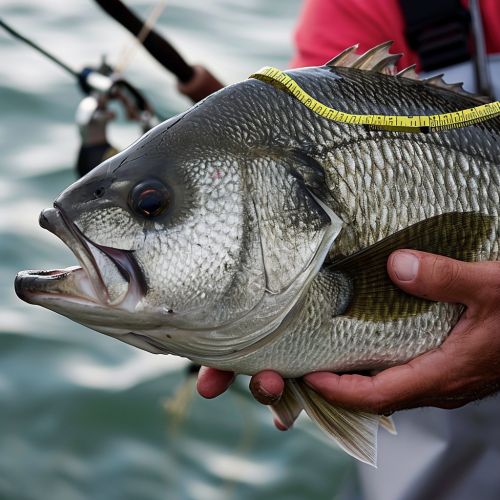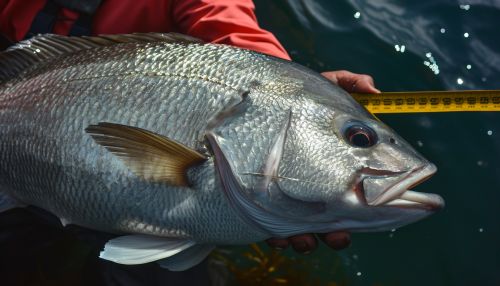Catch quota
Overview
A catch quota is a type of fishery management tool that sets a specific limit on the amount of a particular species that can be caught during a specified time period. The catch quota system is designed to prevent overfishing and ensure the sustainability of fish populations. It is a critical component of the sustainable fishing practices and is used worldwide to manage both commercial and recreational fisheries.


History
The concept of catch quotas originated in the mid-20th century as a response to the rapid depletion of fish stocks due to industrial fishing practices. The first catch quotas were implemented in the 1970s in countries such as Iceland and New Zealand, which have extensive coastal fisheries. The system has since been adopted by many other countries and international bodies, including the European Union and the United Nations.
Implementation
Catch quotas are typically set by a governing body, such as a national government or an international fishery organization. The quota is determined based on scientific research into the population size and reproduction rate of the target species, as well as other factors such as the impact of fishing on the ecosystem and the socio-economic importance of the fishery. Once the quota is set, it is divided among the fishers or fishing companies, often in the form of individual transferable quotas (ITQs).
Types of Catch Quotas
There are several types of catch quotas, including individual quotas, community quotas, and species-specific quotas.
Individual Quotas
Individual quotas, also known as individual fishing quotas (IFQs), are allocated to individual fishers or fishing vessels. These quotas can often be bought, sold, or leased, allowing for flexibility in the fishing industry.
Community Quotas
Community quotas are allocated to a specific community, often in rural or indigenous areas. These quotas are designed to support local economies and traditional ways of life.
Species-Specific Quotas
Species-specific quotas limit the catch of a particular species. These quotas are often used to protect endangered species or to prevent overfishing of commercially valuable species.
Advantages and Disadvantages
Like any management tool, catch quotas have both advantages and disadvantages.
Advantages
Catch quotas can be an effective tool for preventing overfishing and promoting sustainable fishing practices. By setting a limit on the amount of fish that can be caught, quotas can help to ensure that fish populations are able to reproduce and maintain healthy numbers. Quotas can also provide a level of certainty for fishers, who know in advance how much they are allowed to catch.
Disadvantages
However, catch quotas also have potential drawbacks. They can be difficult to enforce, especially in international waters. There is also the risk of 'high-grading', where fishers discard less valuable fish in order to maximize their profit from the quota. In addition, quotas can lead to a 'race to fish', where fishers try to catch their quota as quickly as possible, often leading to unsafe working conditions.
Future of Catch Quotas
The future of catch quotas is likely to involve further refinement of the system, with more accurate and timely data collection, better enforcement mechanisms, and greater consideration of ecological and socio-economic factors. There is also increasing interest in incorporating catch quotas into broader ecosystem-based management approaches.
